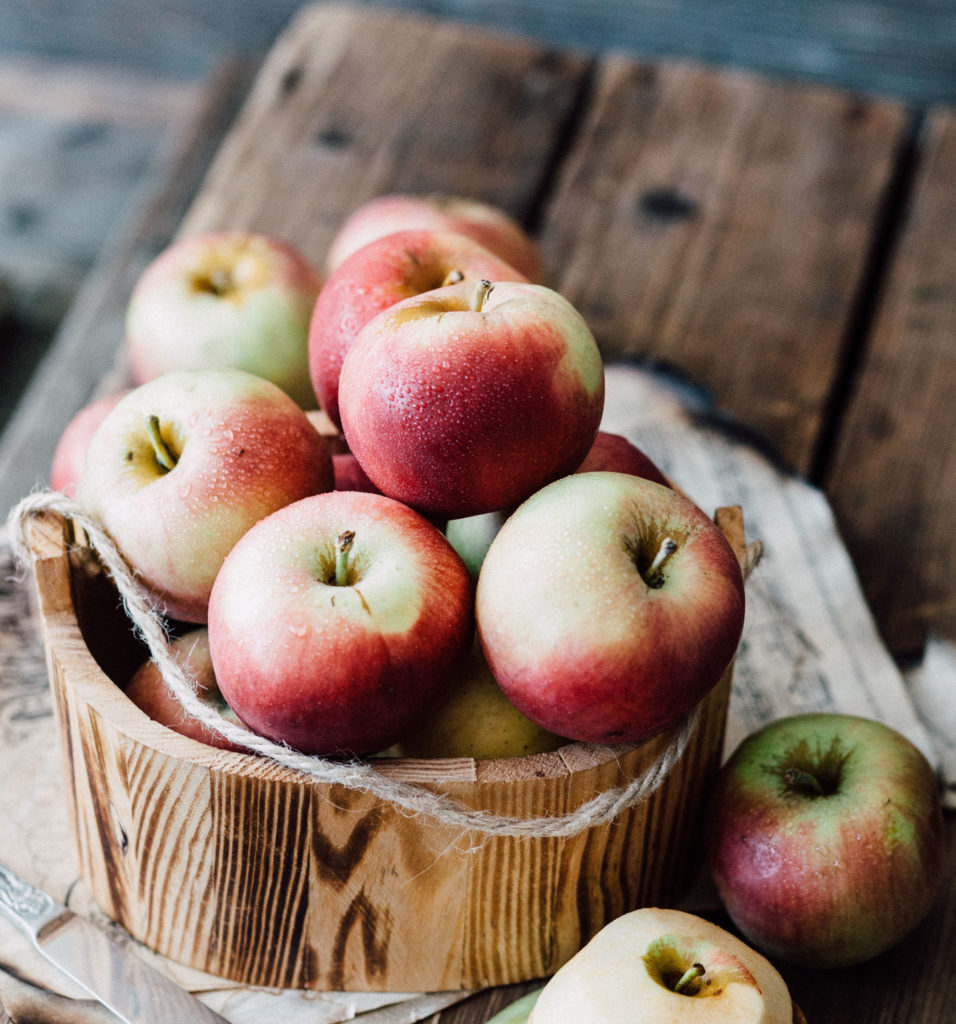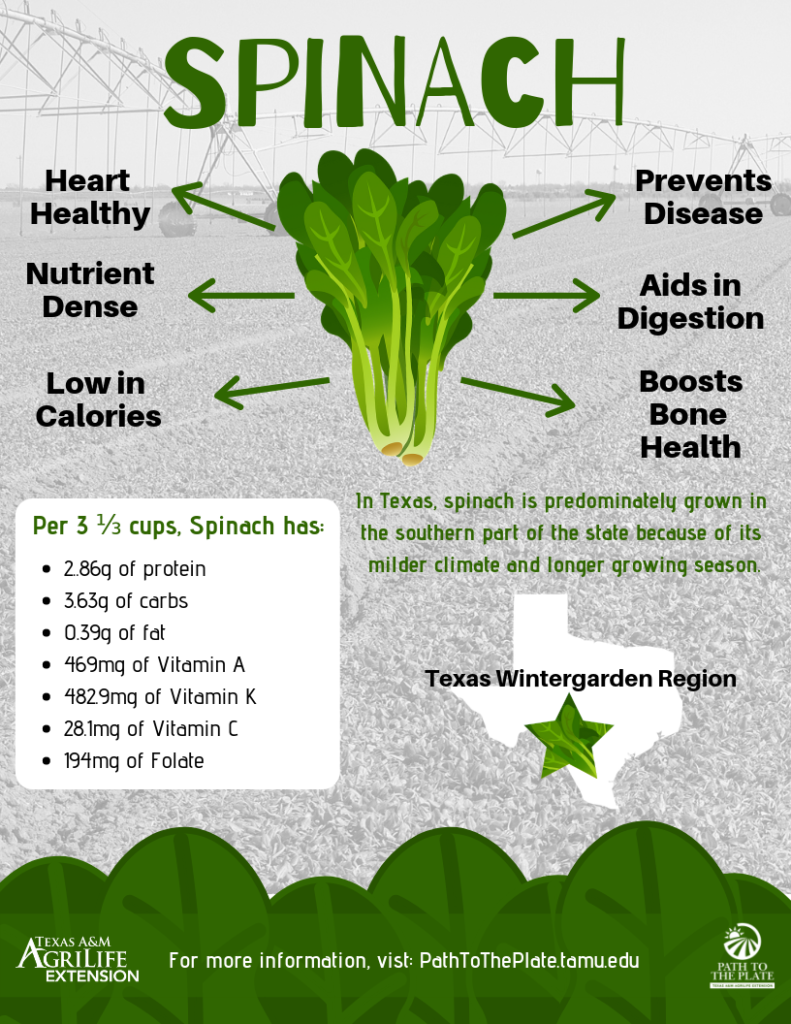Growing up I’m sure it was no surprise to open up your lunch box to find a juicy red apple just waiting for you to take a bite. Apples can be found in almost every American household and according to the USDA, they are the most popular fruit in the United States. As a child you appreciate the delicious flavor that comes with the first bite of this sweet fruit, but as an adult it’s important to take a step back and determine if apples are really a healthy addition to a well-balanced diet.
It’s true what they say, an apple a day really does keep the doctor away. Apples are one of nature’s healthiest superfoods as they are high in Vitamin C, fiber, along with being low in calories. Aside from providing basic nutritional benefits, apples can also be linked to significant improvements in overall health and wellness. One of the key factors in getting a good source of nutrients from an apple is making sure to eat the skin of the apple. Within the skin, there are high levels of quercetin that have antihistamine properties that could help ease allergy symptoms. In addition, quercetin may also provide benefits for your heart, circulatory system, and could possibly prevent cancer. Apples have also been proven to help with digestion. According to the USDA, just one large apple contains over 20 percent of the daily recommended intake of dietary fiber.

Aside from understanding an apple’s nutritional value, it is also important to recognize the climate and growth cycle that goes into producing this seasonal fruit. In Texas, apples ripen from late July to October and Texas-grown apples have exceptional flavor. Apples are grown all across Texas, but the best location has proved to be centered in the Davis Mountains and the High Plains region near Lubbock. This is due to the fact that this area has higher winter chilling, which is traditionally the number of hours of temperatures below 45°F from November to March. In addition, the area has few fungal and bacterial diseases that could potentially affect an apple’s growth.
Unlike most fruits, apples are very diverse as they come in many shapes, colors, and sizes. There are over 6,000 named apple varieties that each have their own unique characteristics which influence its overall taste and appearance. One of the most popular varieties is the Red Delicious which is red in color, crispy, and sweet, but yet mild in its flavor. When selecting which variety to choose at the store, it’s important to know that the color of an apple has no effect on the taste. Apple taste is determined by a number of factors including the weather, terrain, and geographical location of where they were grown. Look at the graphic below to see the different types of apples you could find in your local grocery store today.

Check out the video below for a fun and easy apple recipe! For more healthy and tasty recipes, visit: dinnertonight.tamu.edu.
References
Stein, L., Lyons, C., & Lipe, J. (2003, April 7). HOME FRUIT PRODUCTION – APPLES. Retrieved July 26, 2019, from https://aggie-horticulture.tamu.edu/extension/homefruit/apple/apple.html
Stein, L., Nesbitt, M., & Kamas, J. (2015). Texas Fruit and Nut Production: Apples. Retrieved July 26, 2019, from https://aggie-horticulture.tamu.edu/fruit-nut/files/2015/04/apples_2015.pdf
Stemlit Authors. (n.d.). Health & Nutrition – Apples. Retrieved June 26, 2019, from https://www.stemilt.com/farm-to-fork/health-nutrition-apples/
USDA. (2015, August). Household USDA Fact Sheet: Apples. Retrieved July 26, 2019, from https://whatscooking.fns.usda.gov/sites/default/files/factsheets/HHFS_APPLES_FRESH_F510-515_2015.pdf


